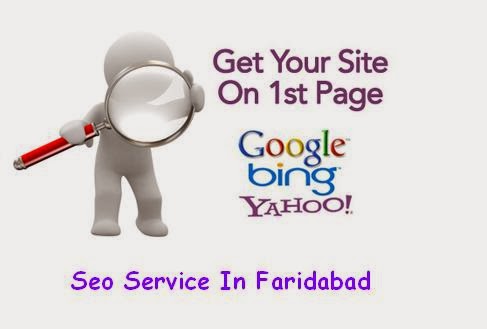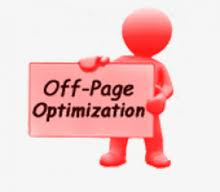Creating an email campaign can be
as simple as adding names to a database, customizing an easy-to-use template,
and looking at how effective your emails are via simple pie charts and bar
graphs. Look for services that offer intuitive tools to help you quickly upload
your list of contacts. You'll also want the flexibility to adjust the designs
of your email marketing messages so that they reflect your company's image.

In addition to finding up-to-date designs, focus on products that are easy to learn and use so you can spend your time with your customers instead of with tech support. Below are the criteria we used to rank the best email marketing software.

In addition to finding up-to-date designs, focus on products that are easy to learn and use so you can spend your time with your customers instead of with tech support. Below are the criteria we used to rank the best email marketing software.
Contact
Management
It's important that you choose a service that is easy to use. The appearance and simplicity of the dashboard are going to determine how often you access the program to create campaigns. The ability to import existing mailing lists from other services, whether they are social media or email providers, is a big plus. The best email advertising services allow you to create custom demographic segments so you can reach the right customers with the most applicable message.
Email
Creation
Before choosing a service, you'll want to make sure you can upload images, type
your text, manipulate how your text displays and add links and a social media
share bar, among several other features. An effective email marketing company
offers the professional features you need to create customer surveys,
newsletters, and other event emails.
Many email marketing solutions offer the flexibility to work either in a design format or directly with HTML. With most products, you can create an email message from scratch or choose from a large list of creative templates.
Many email marketing solutions offer the flexibility to work either in a design format or directly with HTML. With most products, you can create an email message from scratch or choose from a large list of creative templates.
Sending
& Reporting Features
Email marketing services provide reports, graphs, and statistics that show you how your email campaign is doing. You can see how many customers open your emails and even which links they click on. You can see how many people unsubscribe and how many forward your emails to others. These reports also let you know how many emails bounce, meaning they didn't reach their intended destination, and you can tell how many are still unopened.
Some
email services work with Google Analytics to give you even more data you can
use to increase the success of your campaign. Most email marketing services
help you maintain your list of contacts by automatically deleting email
addresses that bounce.
Help & Support
Help & Support
A top-notch email marketing service provides help options to get you started,
including a user manual, a wizard to walk you through the creation and
monitoring of your email campaign, FAQs, a blog, tutorials, and articles that
explain how to create effective campaigns. Support should include the ability
to contact the company by email, phone, or live chat.
The
reasons to invest in an email marketing service are easy to see. You can save
money and have online reporting to keep track of new and returning customers. Once
you use it, you'll never be able to go back to outdated options like direct
mail advertisements.



















